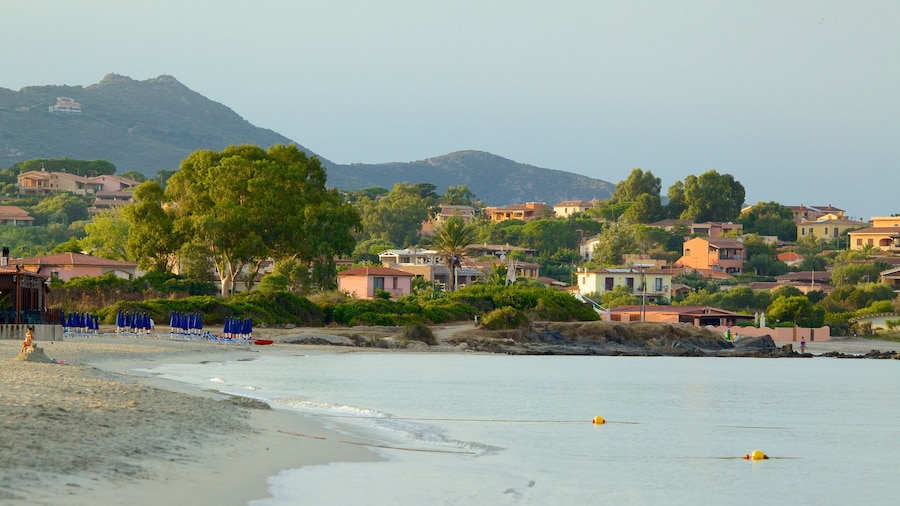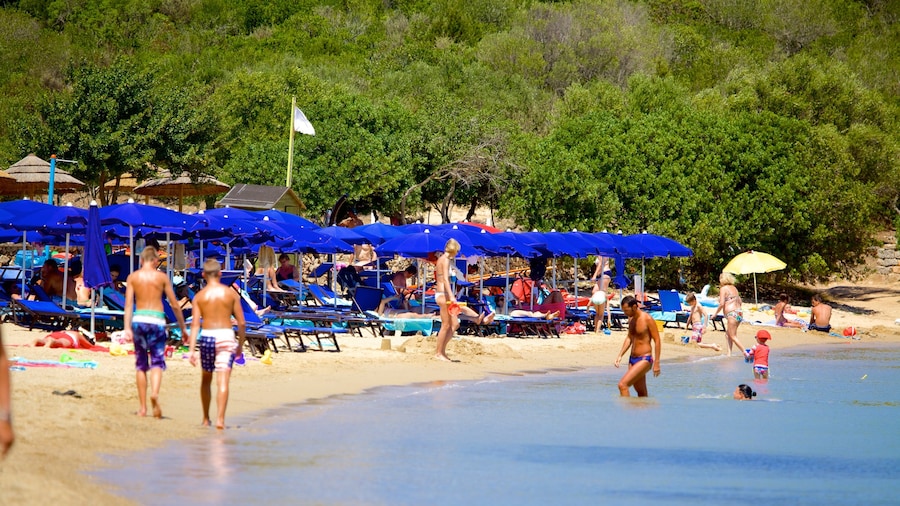The Port of Olbia is a major port of call in the Mediterranean, receiving more than four million passengers each year. Although Olbia is mainly viewed as a transit town for visitors heading to Costa Smeralda, this historic town has a few attractions that are worth taking the time to discover.
The port is divided into several main areas, including the Maritime Station. Located on Isola Bianca’s wharf, the Maritime Station is where most cruise ship passengers arrive and it can be a good place to stop for a snack or a drink.
Start at the foot of Isola Bianca, where you’ll find the National Archaeological Museum of Olbia. This free museum is organized into themed rooms, which guide visitors on a tour of the city’s history. You’ll see imaginative multimedia exhibits and artifacts dating back as far as the Roman period. Keep an eye out for a bronze boat from the Nuraghic period, pieces of Phoenician pottery, traditional weapons and jewelry.
Stroll south on the seaside promenade or head to the nearby tourist information center to learn more about Olbia. It’s a pleasant 1.2-mile (2-kilometer) walk along Viale Isola Bianca to reach the city center. Alternatively, use the port’s free shuttle service.
Go for a walk along Olbia’s main street, Corso Umberto, and admire the lovely 19th-century buildings that line the road. Find a seat at a café in one of the town’s laid-back piazzas or check out the ruins of the city’s ancient Punic walls, found between Via Acquedotto and Via Torino.
Don’t miss the Church of San Paolo Apostolo, which dates back to the late Middle Ages. The building’s exterior is notable for its granite bell tower and distinct multicolored dome. Inside, look for the church’s striking marble high altar, a collection of impressive silverwork and two beautiful 18th-century statues.
The Port of Olbia is located on the eastern end of ViaIsolaBianca. Keep in mind that many of the local shops are closed on Sundays and holidays.















